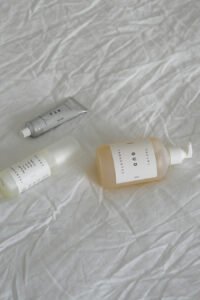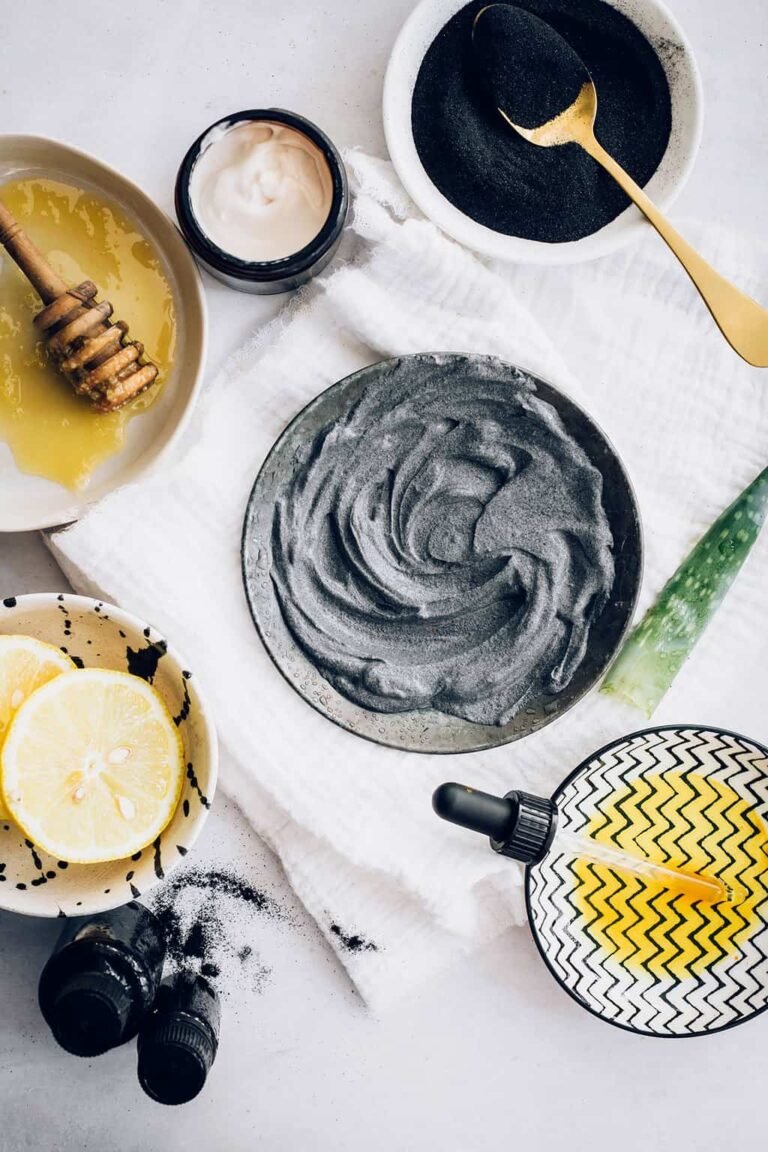🌟 The Ultimate Guide to Acids: AHA, BHA, and PHA
If you’ve ever fallen down the skincare rabbit hole on TikTok, Instagram, or YouTube, you’ve definitely heard about chemical exfoliants — those magical “acids” that promise smoother, brighter, clearer skin ✨. But between AHA, BHA, and PHA, it’s easy to feel lost.
Don’t worry — this is your ultimate beginner-to-pro guide to understanding skincare acids, how to use them safely, and which ones might become your skin’s new BFF.
🧪 What Are Skincare Acids, Anyway?
Before we dive into the alphabet soup (AHA, BHA, PHA), let’s break down what these acids actually do.
Skincare acids are chemical exfoliants — they gently dissolve dead skin cells and unclog pores without the harsh scrubbing of physical exfoliants. They help with:
Dullness and uneven texture
Acne and blackheads
Hyperpigmentation and sun damage
Fine lines and early signs of aging
Unlike physical scrubs that can cause micro-tears, chemical exfoliants work more evenly and can be tailored to your specific skin type.
💧 AHA: Alpha Hydroxy Acids (The Glow Getters)
Best for: Dry, dull, and sun-damaged skin
Common types: Glycolic acid, lactic acid, mandelic acid, citric acid
AHAs are water-soluble, meaning they work on the surface of the skin. Their main job is to slough off dead skin cells and boost radiance.
✨ Benefits of AHAs:
Brighten dull complexions
Fade dark spots and discoloration
Smooth rough texture
Improve the absorption of serums and moisturizers
If you’ve got dry or mature skin, AHAs are your best friend. They help with hydration and collagen production while keeping your glow game strong.
🧴 Pro Tip: Start with a gentle lactic acid toner (like The Ordinary Lactic Acid 5% + HA 💡 linked here) before moving to stronger formulas like glycolic acid.
Usage: 2–3 times a week at night, followed by moisturizer. Always wear sunscreen during the day! ☀️
🧼 BHA: Beta Hydroxy Acid (The Pore Purifier)
Best for: Oily, acne-prone, and combination skin
Star player: Salicylic Acid 🧡
BHAs are oil-soluble, meaning they can penetrate deep into your pores — dissolving the gunk, sebum, and debris that lead to breakouts.
✨ Benefits of BHAs:
Clear out clogged pores and blackheads
Calm redness and inflammation
Prevent acne flare-ups
Reduce oil production over time
If you struggle with acne or congested skin, BHA is your holy grail.
🧴 Pro Tip: Try the cult-favorite Paula’s Choice Skin Perfecting 2% BHA Liquid Exfoliant [💡 linked here]. It’s gentle enough for daily use and delivers smooth, clearer skin within weeks.
Usage: 1–2 times daily (if tolerated). Follow with hydrating serums or a lightweight moisturizer.
🌊 PHA: Polyhydroxy Acids (The Sensitive Skin Savior)
Best for: Sensitive, reactive, or barrier-compromised skin
Common types: Gluconolactone, lactobionic acid
PHAs are the gentlest of the acid family. They have larger molecules, meaning they don’t penetrate as deeply, which reduces irritation risk.
✨ Benefits of PHAs:
Mild exfoliation without stinging or redness
Strengthen the skin barrier
Provide hydration (they’re humectants!)
Suitable for rosacea or eczema-prone skin
If your skin gets red or tight with AHAs or BHAs, PHAs offer a safe alternative.
🧴 Pro Tip: Try The Inkey List PHA Toner or Neostrata Restore PHA Lotion [💡 Amazon link here] to gently resurface while keeping your skin barrier happy.
🧠 How to Choose the Right Acid for Your Skin
| Skin Type | Recommended Acid | Example Product (linked) |
|---|---|---|
| Dry / Dull | AHA (Lactic, Glycolic) | The Ordinary Lactic Acid 10% + HA |
| Oily / Acne-Prone | BHA (Salicylic) | Paula’s Choice 2% BHA Liquid |
| Sensitive / Reactive | PHA (Gluconolactone) | Neostrata PHA Lotion |
| Combination | Mix AHA + BHA | COSRX BHA Blackhead Power Liquid + AHA 7 Whitehead Power Liquid |
💡 You can mix acids in your routine — but do it gradually. If you’re just starting, stick to one exfoliant to see how your skin reacts.
⚡ Layering & Mixing Acids Safely
Here’s where many skincare lovers go wrong 😅 — over-exfoliating.
If your skin feels tight, flaky, or tingly after using acids, you may be doing too much. Here’s how to stay safe:
✅ Do’s
Start slow (once or twice weekly)
Use acids after cleansing, before serums or moisturizer
Always wear SPF 30+ daily
Hydrate like crazy afterward 🧴💦
❌ Don’ts
Don’t mix strong acids with retinol, vitamin C, or benzoyl peroxide (too harsh!)
Don’t use multiple acid products in one routine
Don’t forget your neck and chest (they age too!)
If you’re unsure how to combine products, try pre-formulated acid toners or pads — easy and balanced for beginners.
🌿 Natural Acids vs. Synthetic Acids
Many acids come from natural sources like fruit, milk, or sugar cane 🍋🥛 — but the lab-formulated versions are actually more stable and consistent.
For example:
Glycolic acid → derived from sugar cane
Lactic acid → from fermented milk
Mandelic acid → from bitter almonds
So whether you go for a natural or synthetic source, both can be equally effective — it’s more about concentration and formulation.
🌞 Day vs. Night Use
Generally, acid exfoliation is best done at night 🌙. Your skin regenerates while you sleep, and acids make skin more sensitive to sunlight.
If you want to use them in the morning (say, a mild PHA toner), never skip sunscreen — UV damage can undo all your glow-up efforts!
A lightweight sunscreen like La Roche-Posay spf 50+ sunscreen[💡 link here] is perfect for acid users.
💬 Common Myths About Acids
❌ Myth 1: Acids will burn your skin.
Not true (when used correctly)! Most exfoliating acids are formulated to be gentle enough for regular use.
❌ Myth 2: You can’t use acids if you have sensitive skin.
Enter PHAs — your gentle gateway to smoother skin.
❌ Myth 3: Stronger = Better.
Nope. A 5% acid used consistently is safer (and more effective long-term) than a 30% peel you can only tolerate once a month.
🌈 Pro-Level Tips for Acid Users
💧 Hydration is everything. Pair your acids with soothing ingredients like hyaluronic acid, panthenol, or ceramides.
🌿 Barrier repair nights: Alternate acid nights with calming moisturizers (like CeraVe PM Lotion [💡 Amazon link here]).
📆 Consistency > intensity: Stick with your chosen acid for at least 4–6 weeks before switching things up.
🔥 Final Thoughts: Which Acid Reigns Supreme?
There’s no one-size-fits-all — but here’s the cheat sheet:
AHA: Best for glow and texture ✨
BHA: Best for acne and blackheads 💥
PHA: Best for sensitive or reactive skin 💖
Start slow, listen to your skin, and introduce one acid at a time.
If you’re building your first exfoliating routine, you can find most of these powerhouse products easily on Amazon — look for reputable sellers and check concentrations carefully before buying.
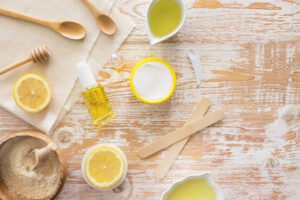
Anti-Aging Collagen-Boosting Face Mask Recipe for Youthful, Firm Skin
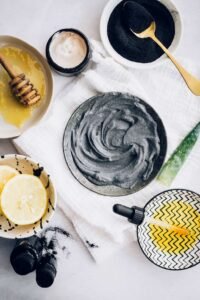
Detoxifying Charcoal & Clay Face Mask for Acne-Prone Skin

Soothing Oatmeal Face Mask Recipe for Sensitive & Irritated Skin
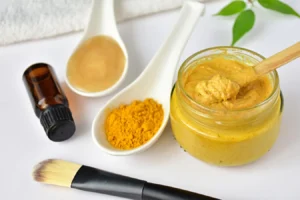
Brightening Turmeric Face Mask Recipe for Clear, Radiant Skin
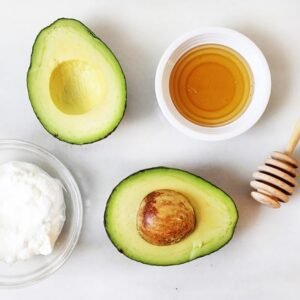
DIY Hydrating Face Mask Recipe for Glowing Skin: The Ultimate Guide
